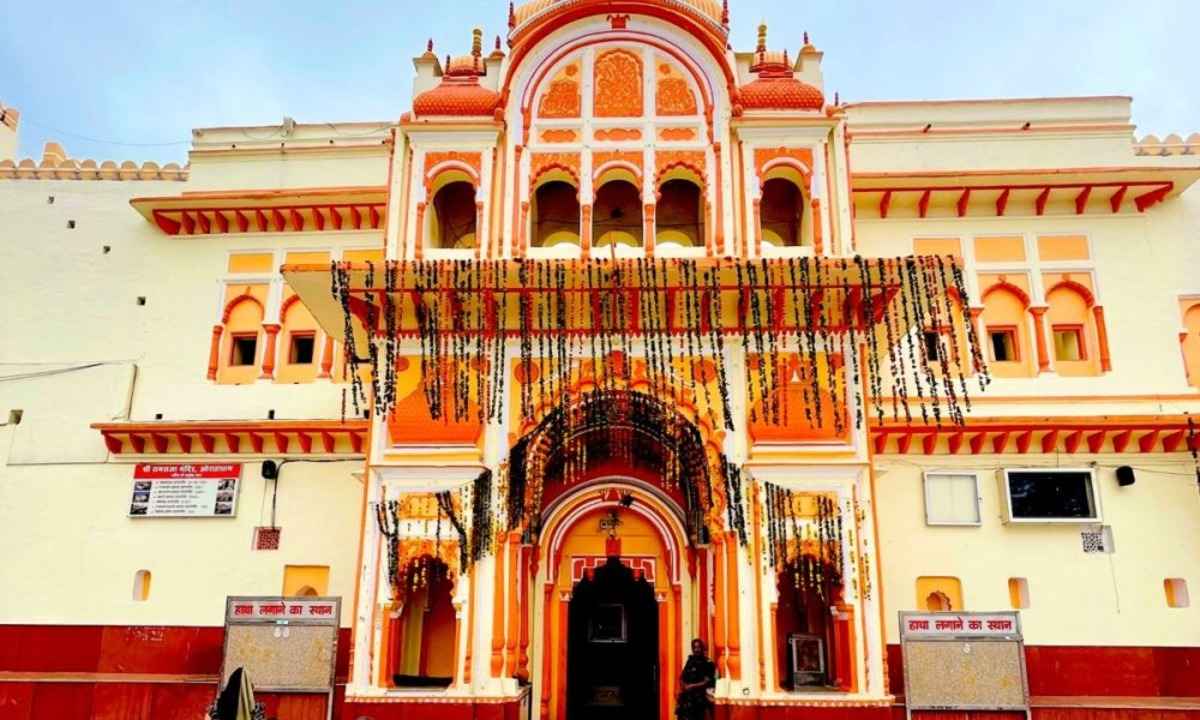Ayodhya recently emerged as a center of spiritual and cultural significance with the pran pratishtha ceremony of the Ram Darbar. Attended by Prime Minister Narendra Modi, this sacred ritual marked the enthronement of Lord Ram as a divine king — a profound moment in the ongoing celebration of Ramraja, the ideal of righteous and just rule.
The Ram Darbar depicts Lord Ram alongside Sita, Lakshmana, and Hanuman, collectively symbolizing dharma, devotion, and loyalty. While Ramlala, the child form of Ram, is venerated for his innocence and purity, the elevation of Ram as a monarch reflects a deeper tradition — one where divine authority and governance merge, embodying the timeless values of Ramraja.
Understanding Pran Pratishtha
Pran Pratishtha is a sacred ritual that infuses life into an idol, transforming it into a living deity eligible for worship. In Ayodhya, this ritual holds special significance with the dual forms of Ram being venerated:
- Ramlala, symbolizing childhood and purity
- Ram Raja, representing justice, leadership, and divine rule
This duality reflects Ram’s multifaceted role in Hindu belief — as both protector and ideal ruler.
Ramrajya: The Ideal State
Ramrajya, or the “Rule of Ram,” is an age-old concept of ideal governance. It reflects a time of perfect justice, peace, and prosperity — a utopia deeply rooted in the Indian consciousness. Ramrajya continues to inspire India’s political and moral imagination, often invoked by leaders as a model for ethical leadership and welfare-centric governance.
The Ramraja Temple of Orchha: A Divine Palace
Located in Orchha, Madhya Pradesh, the Ramraja Temple is uniquely dedicated to Ram as a ruling king — a form not commonly worshipped elsewhere. Built during the Bundela dynasty, the temple resembles a palace more than a typical shrine. Notably, it lacks a traditional shikhara (spire) and features a stately, fort-like structure befitting a royal deity.
A Queen’s Vision: The Temple’s Origin Story
The temple’s origin is steeped in legend. Queen Ganesh Kunwari of Orchha is said to have had a divine vision urging her to bring Lord Ram to her kingdom. Following a miraculous appearance of the idol in a river, she established Ram in her palace under the condition that the deity would remain there permanently. This led to the palace’s transformation into the Ramraja Temple, blending royal authority with divine sanctity.
Royal Rituals and Unique Worship
Worship at the Ramraja Temple follows regal protocols:
- Guard of honour is presented to the deity daily
- Aarti has a martial tone, often accompanied by a gun salute
- Visitors are welcomed with royal etiquette, unlike the customary offerings in other temples
These traditions underscore Ram’s status as a king, not merely a deity.
Diverse Forms of Ram Worship
Ram’s divinity is celebrated in multiple forms across India:
- Ramlala – the innocent child
- Ramraja – the just ruler
- Kodandadhari Ram – the bow-wielding warrior, prominent in southern India
Each avatar highlights unique virtues — innocence, justice, and strength — catering to the spiritual inclinations of diverse devotees.
Conclusion: A Tapestry of Devotion
The worship of Ram in his various forms — child, king, and warrior — showcases the rich spiritual diversity of Hinduism. The Ramraja Temple stands as a singular symbol of Ram’s royal aspect, blending devotion with sovereignty. It reflects how faith, history, and culture intertwine in India, shaping a unique narrative of divine kingship.



